History of India
Indian history in a nutshell, from the Indus Valley civilisation to independence
The Indus Valley civilisation, c. 5000–1900 BCE
Archaeological excavations in the 1920s uncovered the remains of two major ancient cities: Harappa on the Ravi river and Mohenjo-Daro on the Indus. Both places have been in Pakistan since the partition of India in 1947.
These two towns were the work of a highly developed civilisation that emerged around 5000 years BCE and is now called the Indus Valley civilisation or the Harappan civilisation. It was one of the world’s first civilisations, contemporary with those of Mesopotamia and Egypt.
Although there are probably still traces of its influence in modern Hindu culture, this has not been clearly established. Very little is known about it, its very existence had been forgotten until the 20th century and no one has yet managed to decipher its script.
There are signs that problems appeared around 1900 BCE: people started to leave the cities. One cause of the collapse may have been major environmental changes such as the disappearance of large parts of the river system, or invasion by warring peoples from the northwest of the subcontinent, which could have interrupted trade relations with other regions.
The Vedic period, c. 1700-500 BCE
There is still controversy surrounding this period, as little is known about it and there are many mutually contradictory datings and theories.
The Vedic period is thought to be the period when the canonical Hindu texts such as the Vedas, Upanishads, Puranas, Mahabharata and Ramayana were written.
 Although some experts think the Vedic period dates back much further, most consider that it is this period that saw the first systematisation of the religion based on the idea of sanatana dharma (“eternal order”) as in modern Hinduism.
Although some experts think the Vedic period dates back much further, most consider that it is this period that saw the first systematisation of the religion based on the idea of sanatana dharma (“eternal order”) as in modern Hinduism.
It is said that the Vedic period began with an invasion by Aryans. According to the Aryan invasion theory, a nomadic warrior people from Central Asia invaded what is now Northwest India and propagated their culture throughout the subcontinent. It is these Aryans who are said to have composed the Vedas.
This theory is increasingly contested by scientists and archaeologists who say no trace of an invasion in this period has been found. The most radical critics of the Aryan invasion theory think that India was the core area where all Indo-European peoples originated and that all Indo-European languages derive from languages that were spoken in India.
Around 600BCE there were 16 major kingdoms, the Mahajanapadas, that had emerged and expanded in North India.
Major empires of ancient India, 500BCE to 700CE
The 6th century BCE is often seen as a major turning point in early Indian history. This was when Buddhism and Jainism emerged.
Around 550BCE, Vardhaman Mahavira and Siddharta Gautama each developed their own spiritual offshoot of the Sanatana Dharma, giving rise to Jainism and Buddhism.
530 BCE: the Persian invasion. Cyrus, ruler of the Persian Empire, noticed the wealth and growing urbanisation of North India and in 530BCE launched a military campaign to conquer the region. Ten years later, in the reign of his son Darius I, the North of the subcontinent was firmly under Persian control.
327 BCE: Alexander the Great. Persia continued to rule North India until Alexander the Great conquered it in 327 BCE.
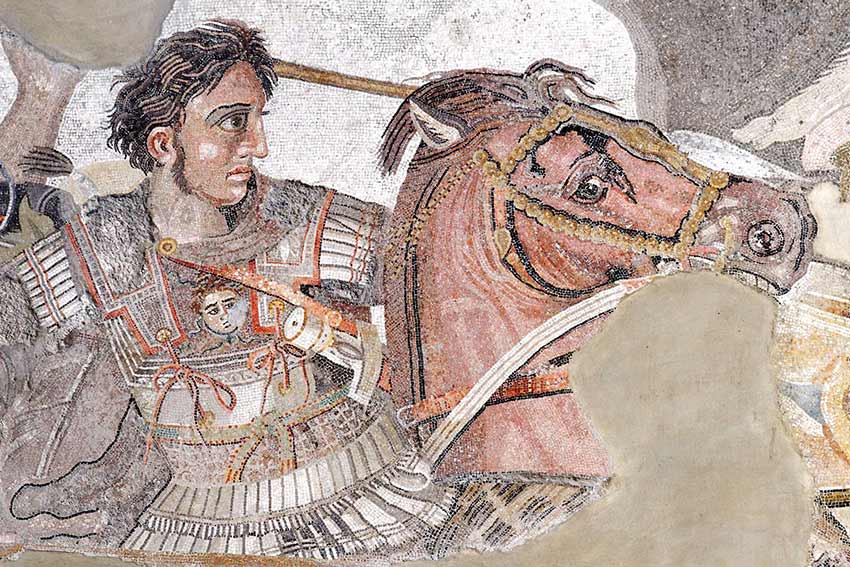 322-185 BCE: the Maurya Empire. After Alexander the Great had withdrawn, the Maurya Empire (322-185 BCE) held sway over North India under kings Chandragupta Maurya (322-298 BCE), Bindusara (298-272 BCE) and Ashoka the Great (269-232 BCE), who became a Buddhist.
322-185 BCE: the Maurya Empire. After Alexander the Great had withdrawn, the Maurya Empire (322-185 BCE) held sway over North India under kings Chandragupta Maurya (322-298 BCE), Bindusara (298-272 BCE) and Ashoka the Great (269-232 BCE), who became a Buddhist.
In 185 BCE the last Maurya king was assassinated and the Maurya Empire collapsed. In its place, small kingdoms were established throughout India. These states warred among themselves with varying fortunes for nearly 500 years.
During Ashoka’s reign, South India was ruled by three Tamil dynasties, the Cholas, Pandyas and Cheras. Known as Tamilakam (“land of the Tamils”), the region remained on good terms with the Maurya Empire.
320-550 CE: Gupta Empire, stretching across North India. The Gupta period was one of great material prosperity and intense intellectual creativity. The arts flourished and many intellectual and scientific advances were achieved. The Gupta period is considered India’s golden age.
The Gupta Empire declined slowly owing to a succession of incompetent sovereigns and finally collapsed around 550 CE.
590-647 CE: Harshavardhan. After the Gupta Empire collapsed King Harshavardhan ruled the region for 42 years. North India prospered during his reign but after his death the kingdom collapsed.
Indo-Muslim period 711-1862 CE
The fall of the Harshavardhan kingdom enabled a number of constantly warring powers to emerge in the region. Lack of unity among these kingdoms paved the way for the invading Muslim forces.
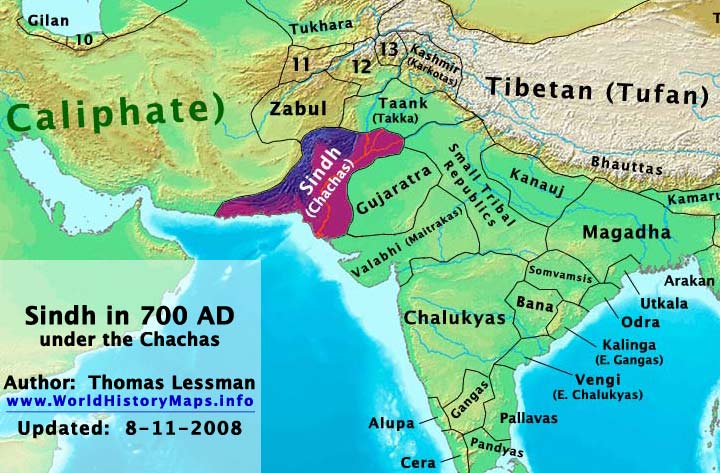
The Muslim conquests began in 711-712 CE with the invasion of Sindh (a province of what is now Pakistan) by the Arabs, continued in the 11th and 12th centuries with the Turkic and Afghan invasions, and was completed with the Mughal Empire in the 16th century.
1 – 711-712 CE: the invasion of Sindh. Al-Hajjaj ben Yusef, governor of Iraq, sent several thousand horse and camel troops to conquer Sindh in the lower Indus valley. They deposed its ruler King Dahir.
The conquest of Sindh, on the Western edge of the subcontinent, had little effect on the rest of the subcontinent. The campaigns led by Mahmud of Ghazni and Muhammad Ghuri had a much wider impact.
2 – 1001-1027: Mahmud of Ghazni. The Ghaznavids (962-1186 CE) were Central Asian nomads who founded the first Persianate Turkic dynasty. They took their name from their capital city, Ghazni, south of Kabul. Between 1000 and 1026 CE Mahmud of Ghazni led some twenty bloody raids into India, all of them victorious. Mahmud of Ghazni had no intention of building a kingdom in India, regarding it merely as a source of plunder. After his death in 1030, the Turks were weakened by division, giving India a 150-year period of respite.
3 – 1175-1206: Muhammad Ghuri. Muhammad Ghuri (1160-1206) set out to conquer India in 1175. The Ghurids came from Afghanistan, whose capital at the time was Ghur.
4 – 1211–1426: the Delhi Sultanate. When Muhammad Ghuri died without heir, Qûtb ud-Dîn Aibak proclaimed himself Sultan in Delhi and set about consolidating the administration of the conquered territories. India was then ruled by a succession of dynasties: the Ilbari Turks (1211-1290), the Khaljis (1290-1320), the Tughlaqs (1320-1414), the Sayyids (1414-1451) and the Lodis (1451-1526).
5 – 1526-1707: the Mughal Empire
The Delhi Sultanate gradually weakened and in the early 16th century India was split into a number of states, most of them ruled by Muslims but some by Hindus.
It was with India divided in this way that Babur (1483-1530) seized the Delhi Sultanate in 1526 and founded the Mughal Empire (the Arab-Persian word mughal means Mongolian).
- 1526-1627: The Mughal dynasty starts with Babur who came to the throne in Agra in 1526 and died in 1530. After him came Sher Khan (1540-1545), Akbar the Great (1556-1605) and Jahangir (1605-1627)
It was with India divided in this way that Babur (1483-1530) seized the Delhi Sultanate in 1526 and founded the Mughal Empire (the Arab-Persian word mughal means Mongolian).
- In 1628, Prince Khuram had himself crowned under the name of Shah Jahan (“King of the World”) and eliminated all other claimants to the throne. His long reign, the peak of Mughal splendour, was one of territorial expansion and numerous building projects. One of these was the Taj Mahal mausoleum in Agra, the supreme achievement of Mughal architecture.
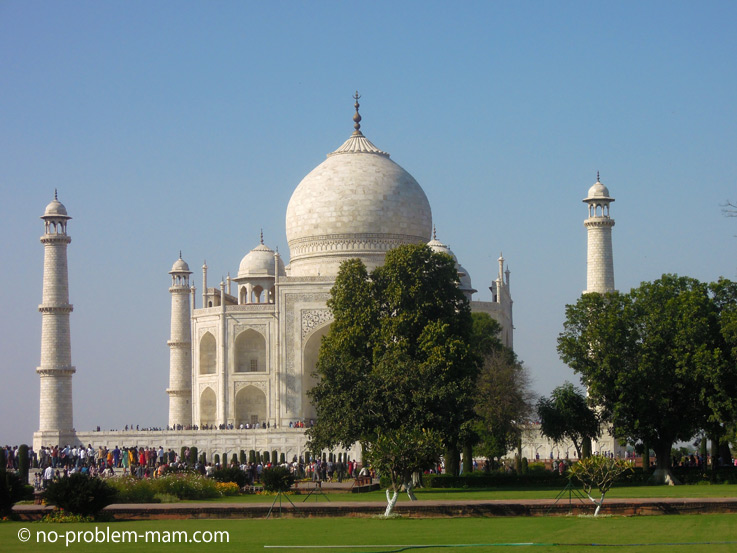
- The reign of Aurangzeb (1658-1707) marked a return to ascetic Muslim orthodoxy. Aurangzeb forbade alcohol, music and dancing and closed down the workshops where miniatures were painted. He had all the new temples destroyed, discouraged the teaching of Hinduism and imposed levies on non-Muslims. Under his reign there were riots and rebellions on a scale never known before.
- The Marathas: In 1646 Maratha warriors led by Shivaji organised a guerrilla rebellion against the Mughal Empire and established a Maratha kingdom. By the 18th century the vast Maratha Empire had become the subcontinent’s preeminent power but it then split into confederated regional entities ruled by dynasties of governors, the Bhonslas of Berar, the Gaikwars of Baroda, the Holkars of Indore and the Sindhias of Gwalior. The Maratha state made an alliance with France and was the main adversary of Britain’s East India Company, which only finally vanquished it after three Anglo-Maratha wars (1775-1782, 1803 and 1817-1818).
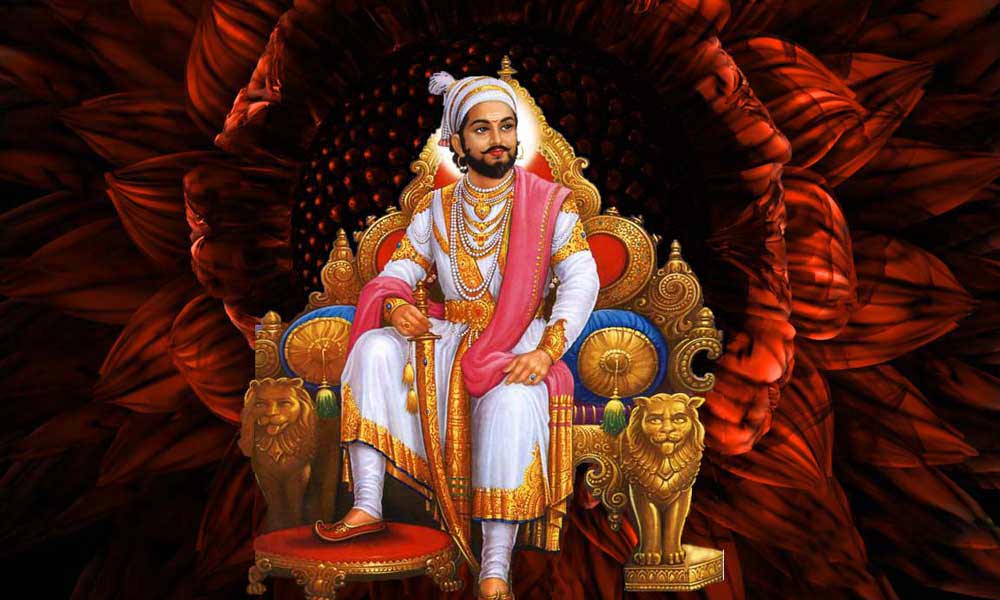 • 1862 marks the end of the Mughal Empire. Aurangzeb died in Deccan in 1707. His death triggered the usual war of succession and several governors declared independence. This triggered a rapid decline, finalised in 1739 by the sack of Delhi by the Persian Emperor Nadir Shah. With the Mughal Empire fallen apart and the Marathas vanquished, a disunited India was ripe for the British East India Company to gradually take control of the country from its base in Bengal, where it was firmly established.
• 1862 marks the end of the Mughal Empire. Aurangzeb died in Deccan in 1707. His death triggered the usual war of succession and several governors declared independence. This triggered a rapid decline, finalised in 1739 by the sack of Delhi by the Persian Emperor Nadir Shah. With the Mughal Empire fallen apart and the Marathas vanquished, a disunited India was ripe for the British East India Company to gradually take control of the country from its base in Bengal, where it was firmly established.
The medieval period in South India
The start of the medieval period saw the rise of a Muslim power in South India. The forces of the Delhi Sultanate crushed the Pandyas in 1323 and the Hoysalas in 1333, opening a new chapter in South India’s history.
Meanwhile the Vijayanagara Empire was growing in Tamil Nadu, South Karnataka and Kerala. Its capital was Vijayanagara, known today as Hampi. The Vijayanagaras fought against the Muslim Bahmani Sultanate in Maharashtra and northern Karnataka and Andhra Pradesh until the early 16th century when both empires weakened.
It was during this period, in 1498, that Vasco de Gama’s Portuguese caravels landed on the Kerala coast.
1757-1947: British rule
The first British outpost in South Asia was set up in 1619 at Surat on the Northwest coast of India. Later the same century the East India Company opened permanent trading posts in Madras, Bombay and Calcutta, under the protection of the local Indian authorities.
 In 1757, the East India Company took control of Bengal and established a monopoly on its trade. The British then increased their influence until, by about 1850, they controlled most of what are today India, Pakistan and Bangladesh.
In 1757, the East India Company took control of Bengal and established a monopoly on its trade. The British then increased their influence until, by about 1850, they controlled most of what are today India, Pakistan and Bangladesh.
Following a mutiny by Indian soldiers in North India in 1857, the British Parliament transferred political power in India from the East India Company to the Crown. Thereafter most of India was governed directly by British government officials. In 1877 Queen Victoria was proclaimed Empress of India.
From the 1870s, some of the small elite of Anglicized Indians began to make political demands. In 1885 a political organisation called the Indian National Congress was founded; it soon became a pressure group lobbying the government and later became the Congress Party. At the beginning of the 20th century a split emerged between the Hindu and Muslim elites; the Muslim League was founded in 1906.
 In 1919 Mahatma Gandhi organised nationwide campaigns protesting against laws that had prolonged some restrictions of basic liberties introduced during World War I. In 1930, he launched the civil disobedience movement; Indian civil servants resigned en masse, paralysing the colonial administration. A compromise between London and Congress on a transition to independence seemed possible, but the outbreak of the second World War in 1939 put the process on hold.
In 1919 Mahatma Gandhi organised nationwide campaigns protesting against laws that had prolonged some restrictions of basic liberties introduced during World War I. In 1930, he launched the civil disobedience movement; Indian civil servants resigned en masse, paralysing the colonial administration. A compromise between London and Congress on a transition to independence seemed possible, but the outbreak of the second World War in 1939 put the process on hold.
Negotiations started again after the war but were complicated by the fact that in 1940 the Muslim League under its leader Ali Jinnah demanded that a separate state, Pakistan, be set up for India’s Muslims. Tensions between Hindus and Muslims culminated in Calcutta in August 1946 when tens of thousands were killed or wounded over several days of rioting.
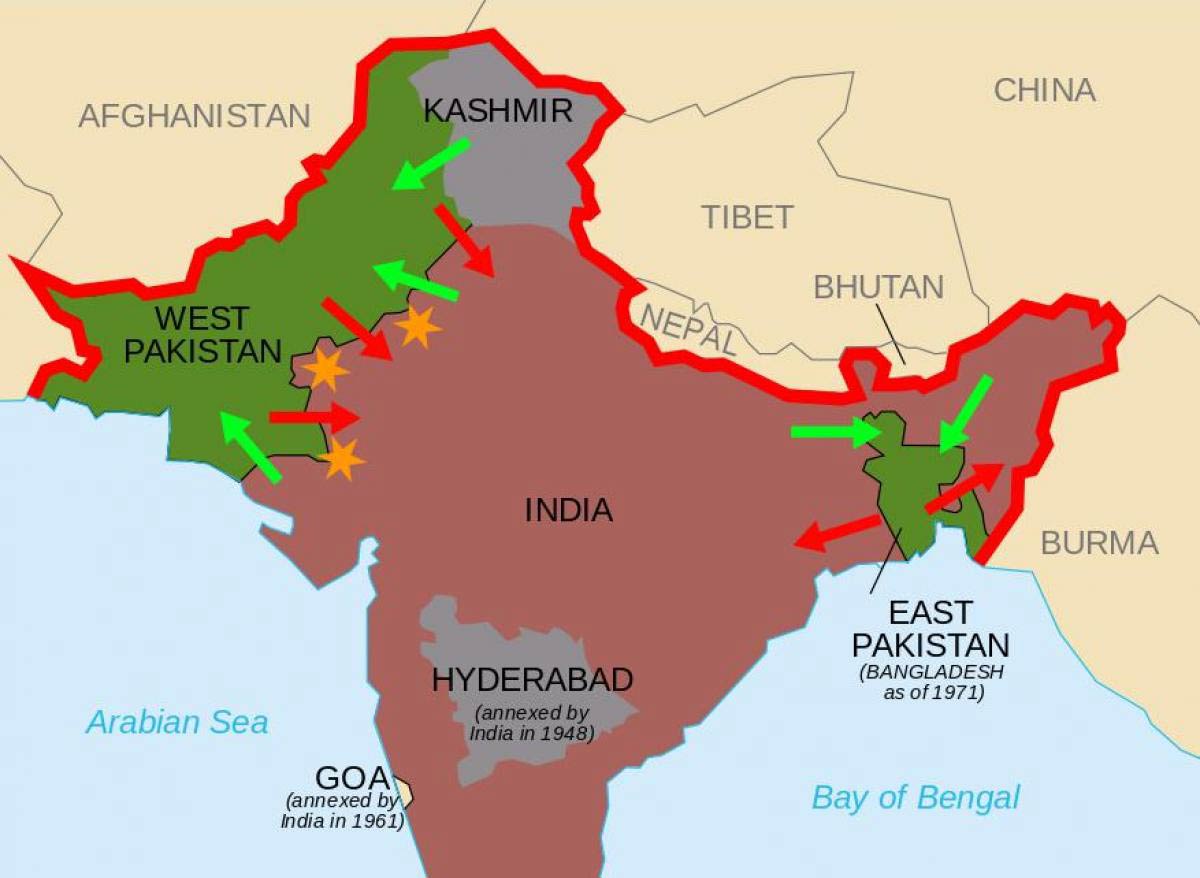 In 1947 the British government, eager to hasten its withdrawal from India, decided to partition the country. India and Pakistan proclaimed their independence on 14 and 15 August 1947. Pakistan, with a Muslim majority, consisted of two regions 1500km apart on opposite sides of the subcontinent: West Pakistan (today’s Pakistan) and East Pakistan (which seceded in 1971 to become Bangladesh). The partition triggered appalling violence: 500,000 dead and 15 million displaced.
In 1947 the British government, eager to hasten its withdrawal from India, decided to partition the country. India and Pakistan proclaimed their independence on 14 and 15 August 1947. Pakistan, with a Muslim majority, consisted of two regions 1500km apart on opposite sides of the subcontinent: West Pakistan (today’s Pakistan) and East Pakistan (which seceded in 1971 to become Bangladesh). The partition triggered appalling violence: 500,000 dead and 15 million displaced.
Gandhi was assassinated in 1948.

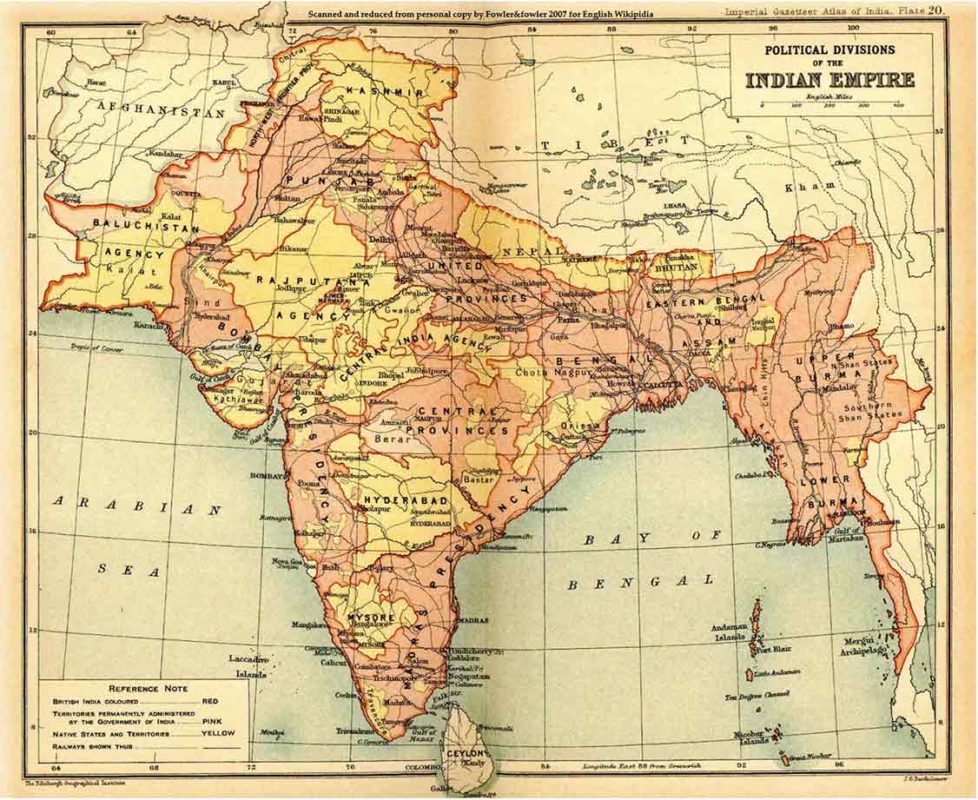

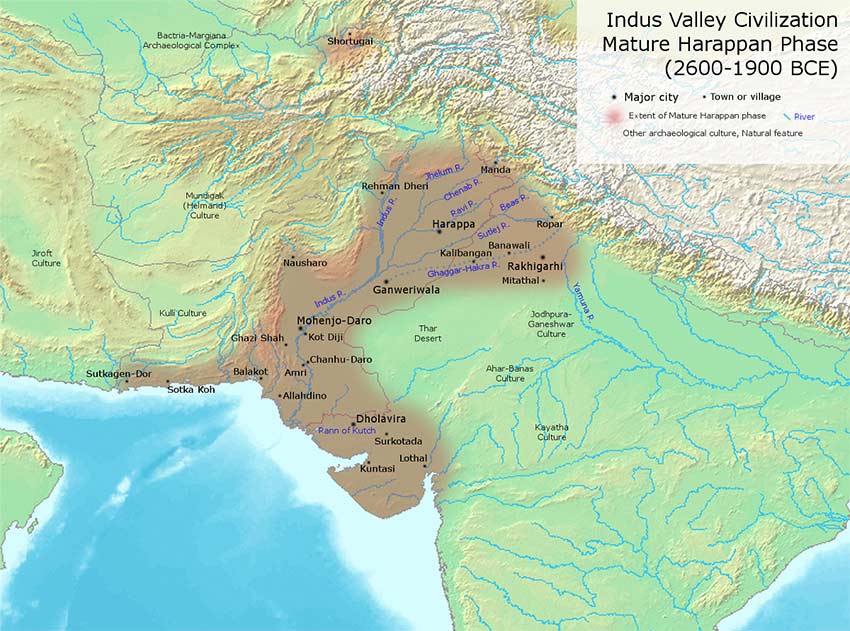
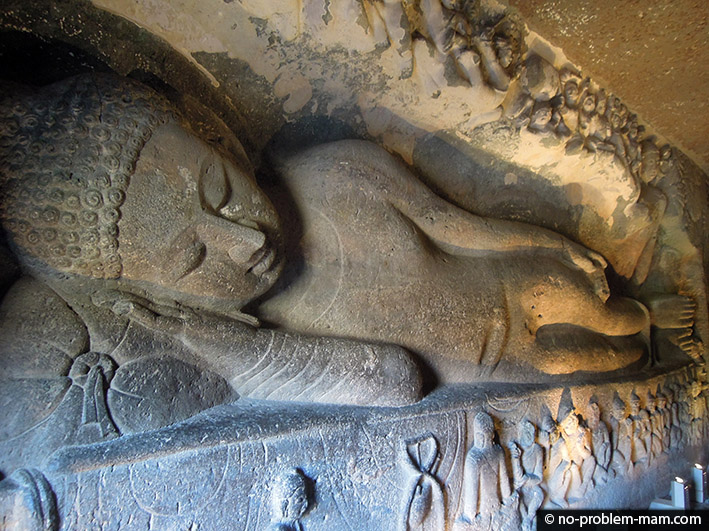
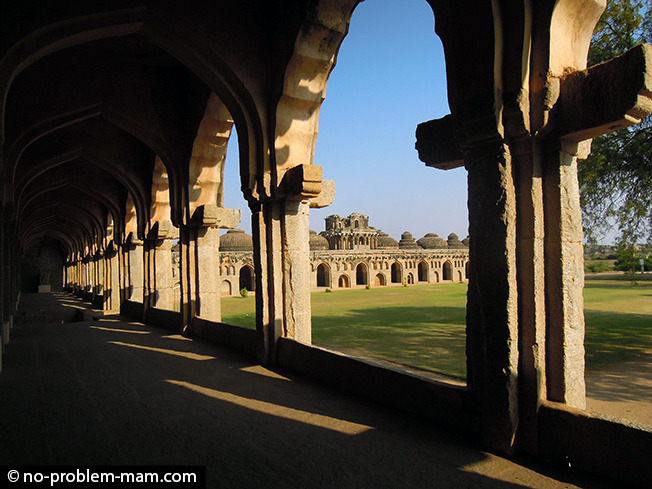
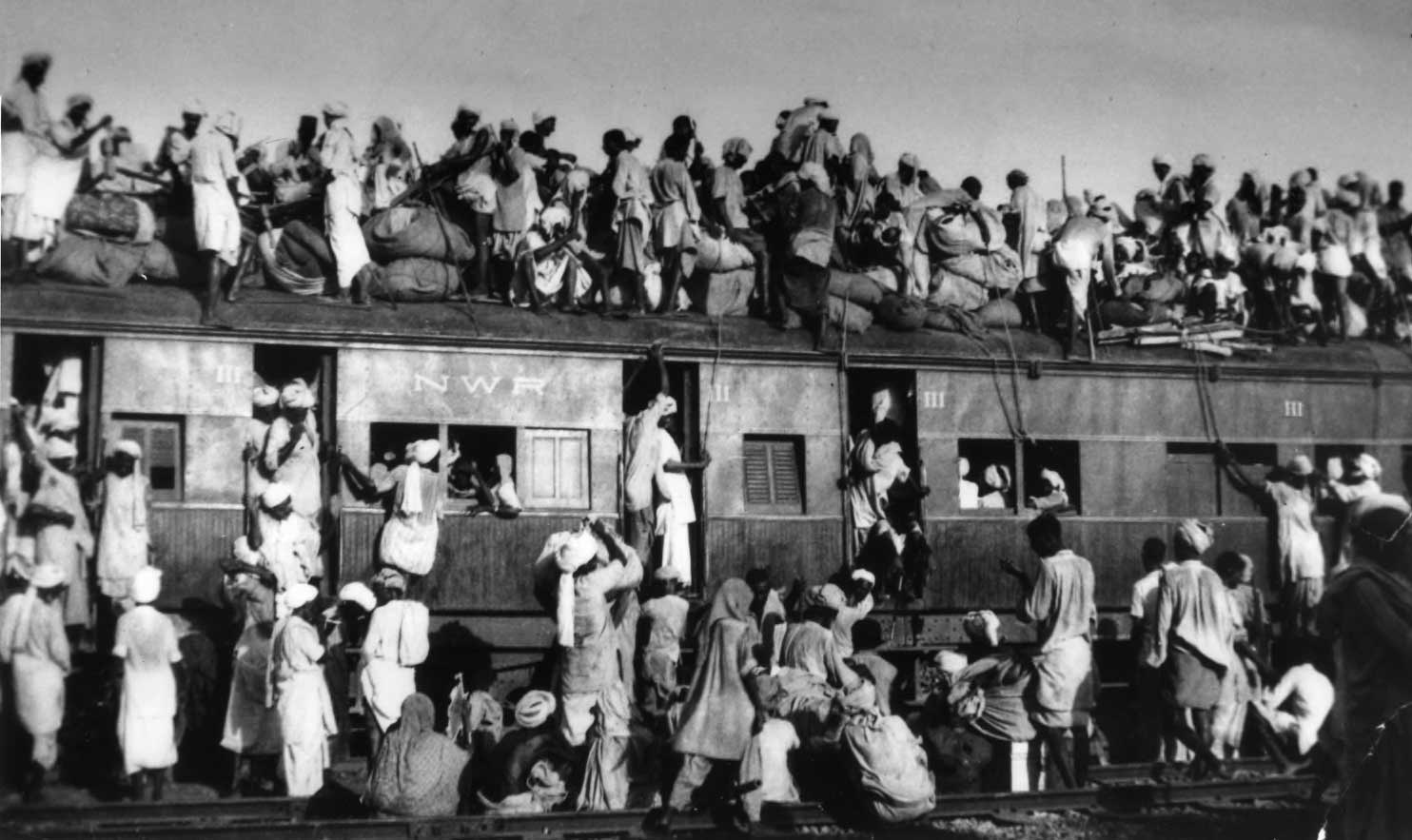
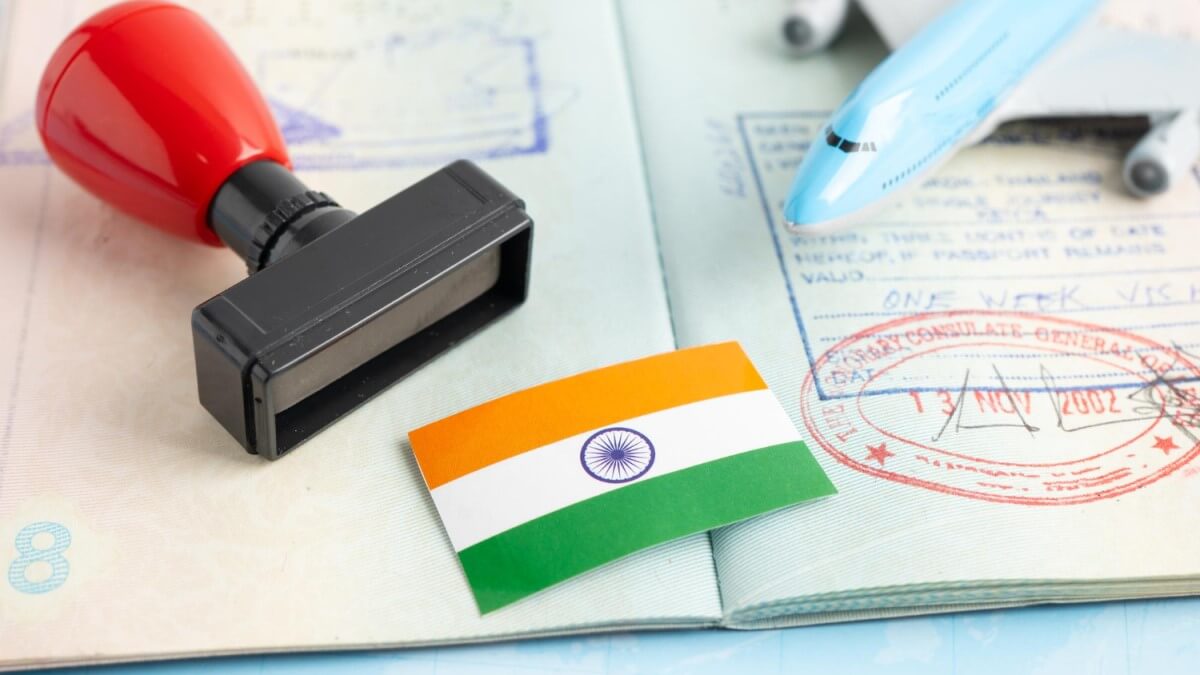
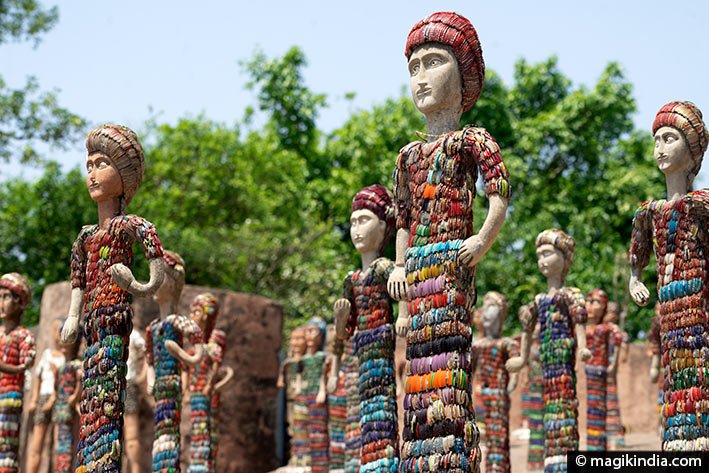
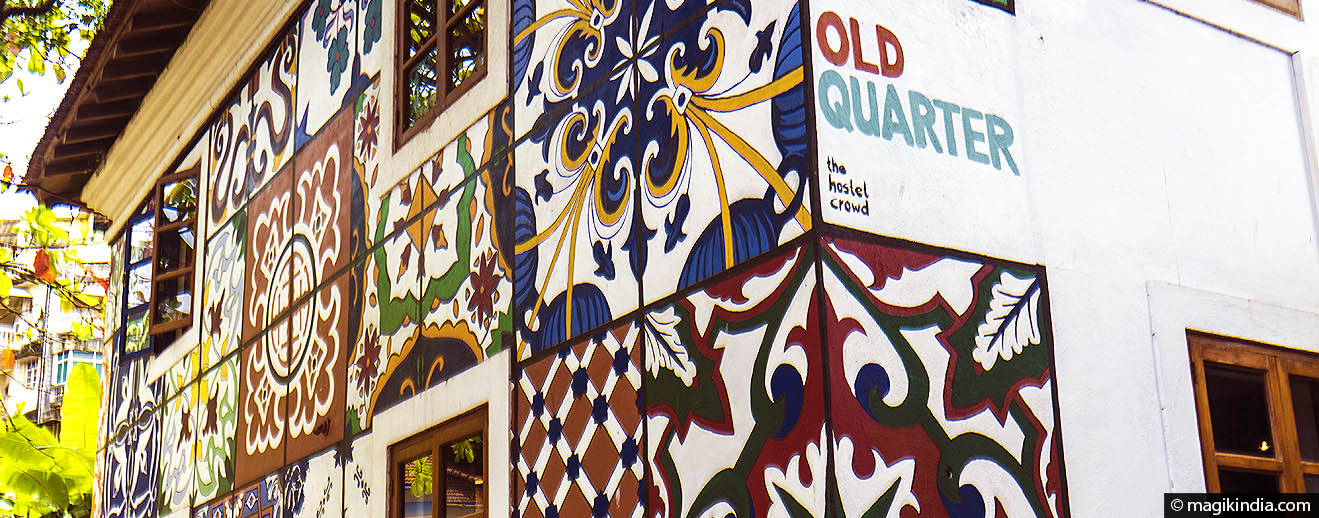
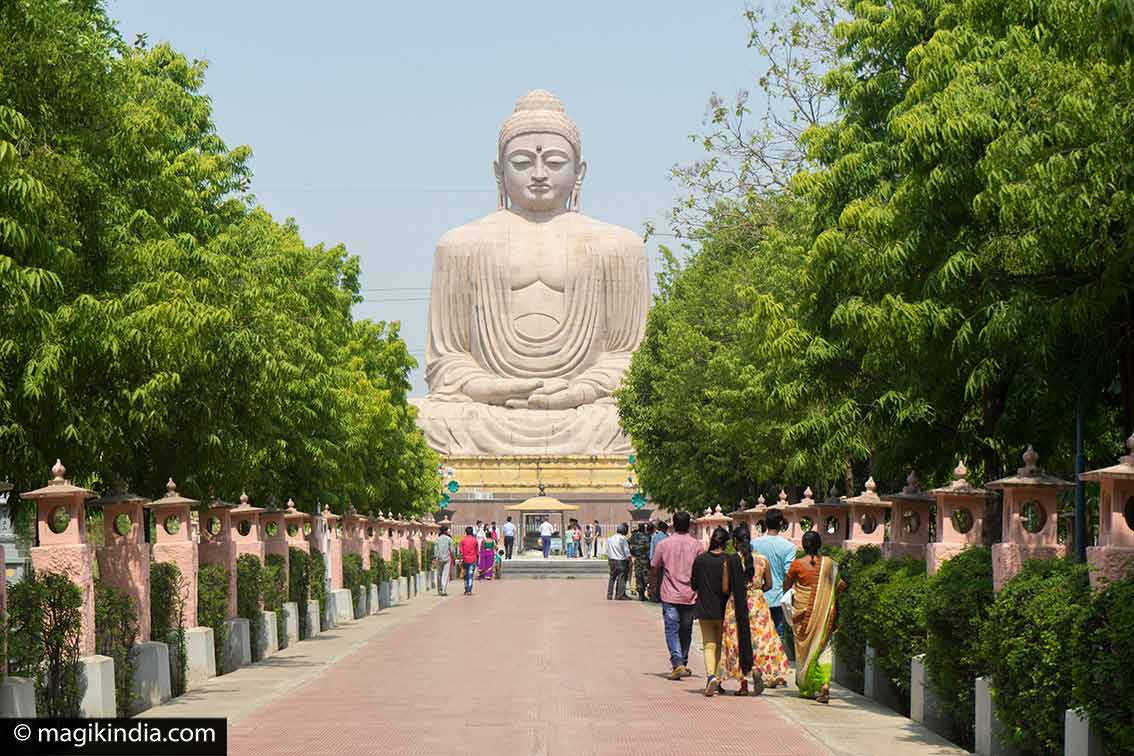

Very interesting article !
thanks 🙂